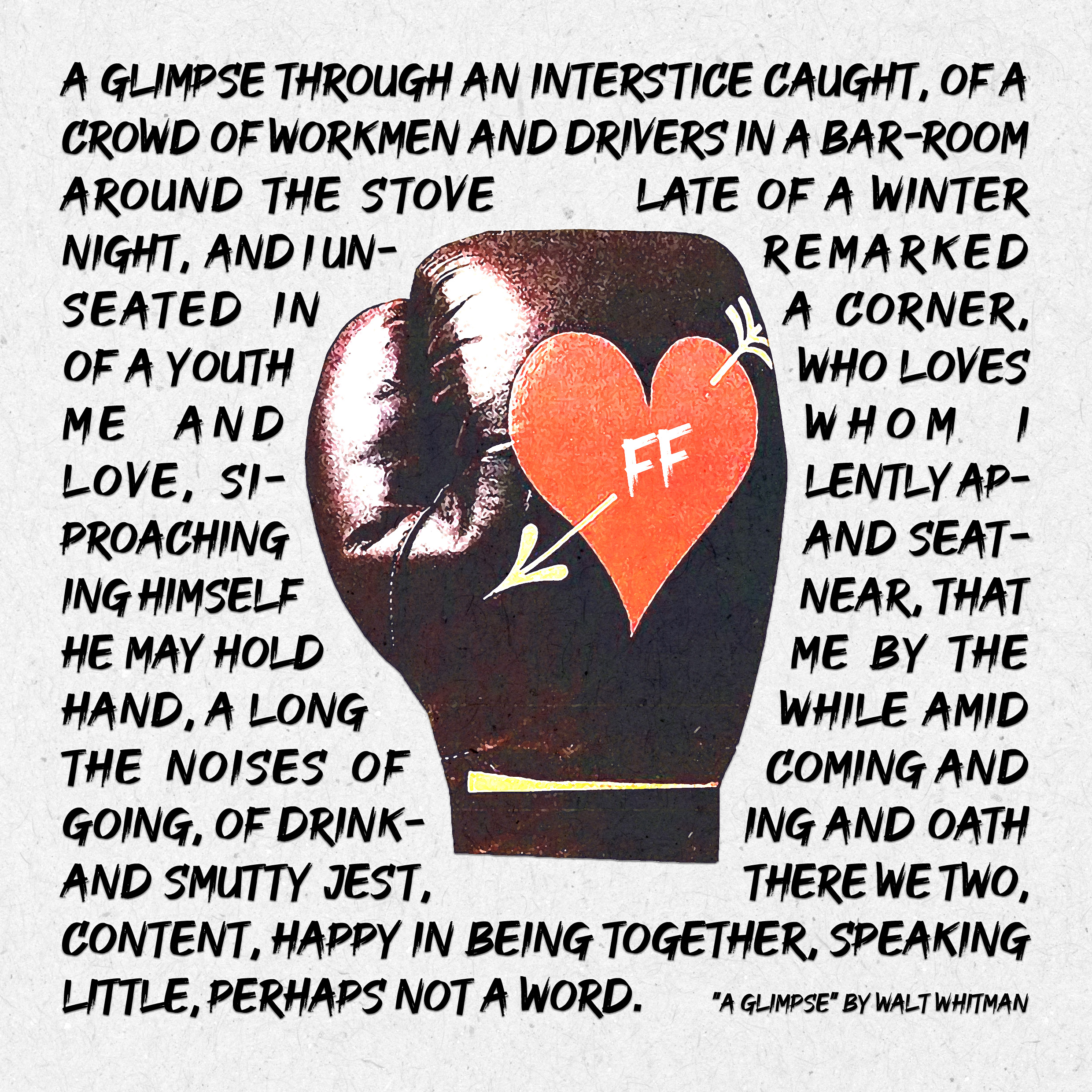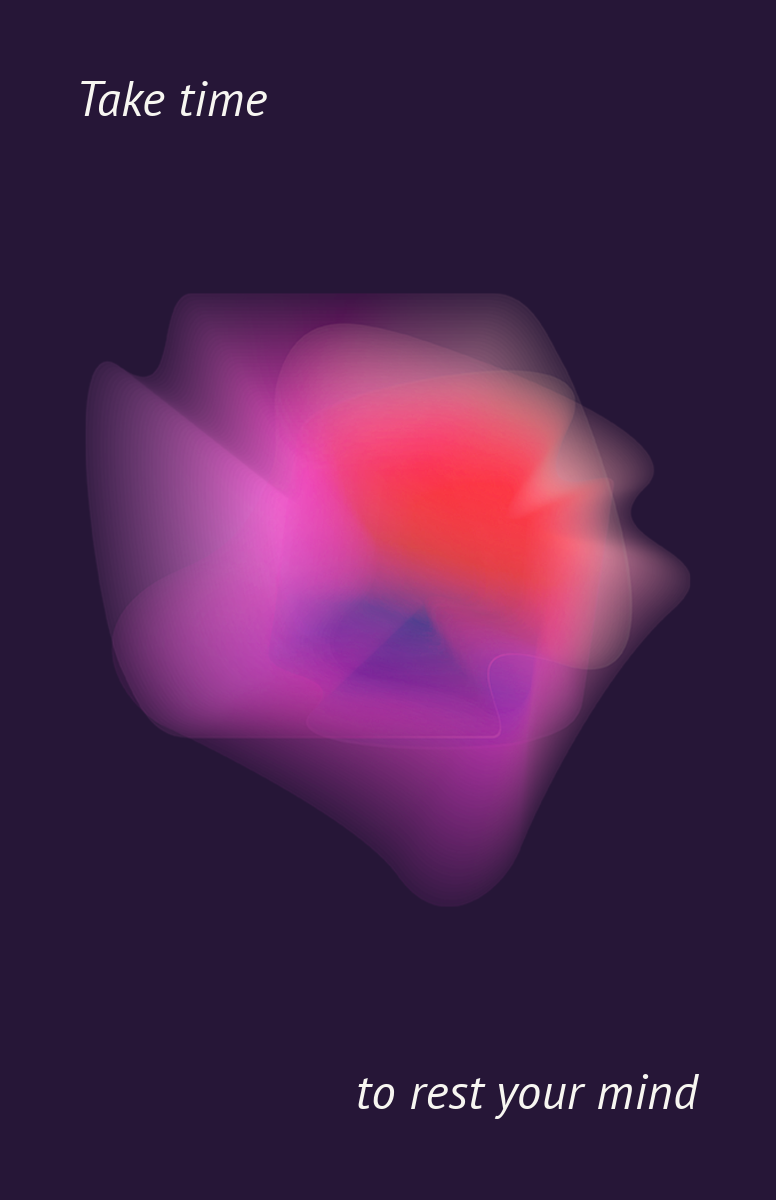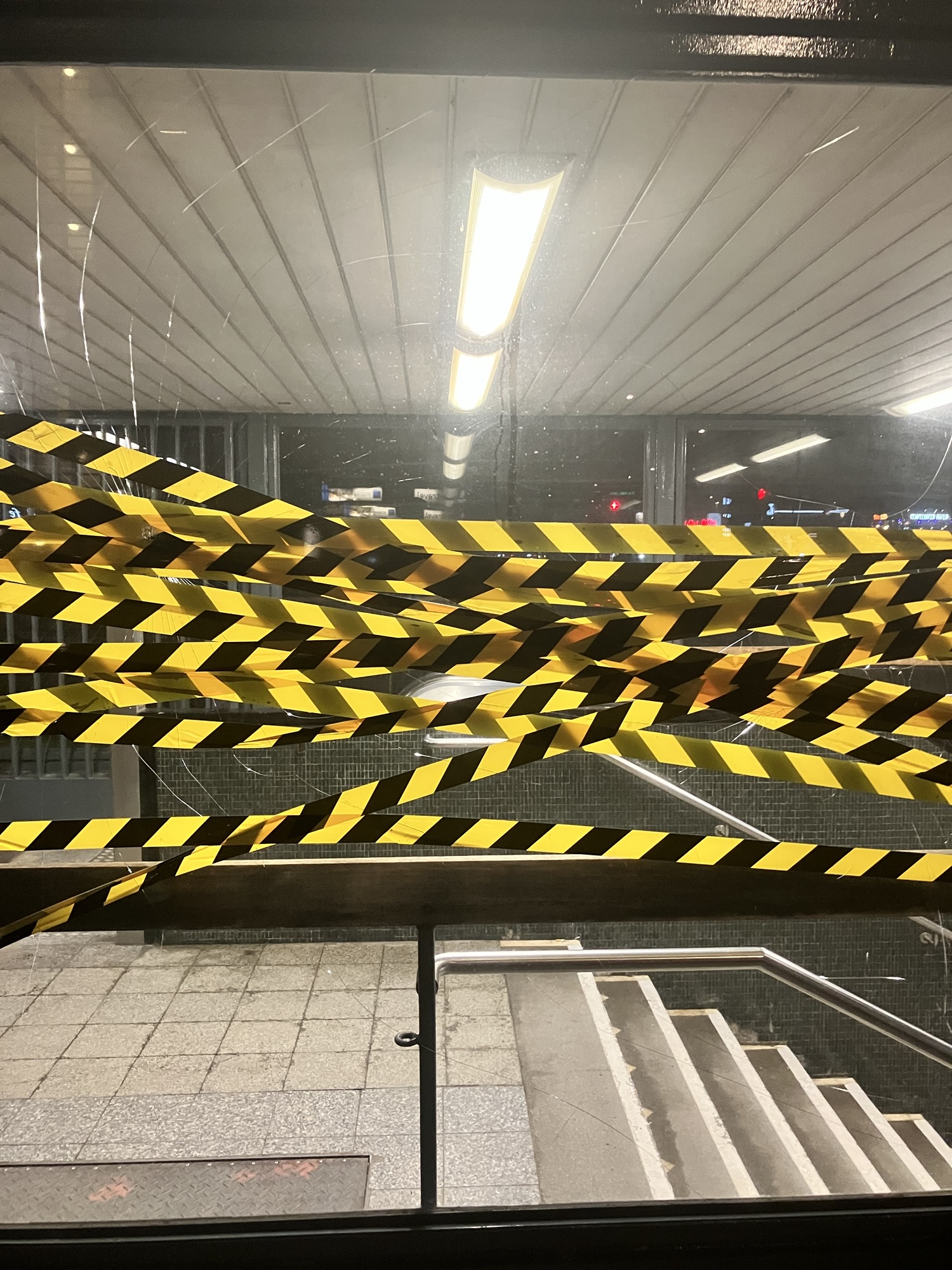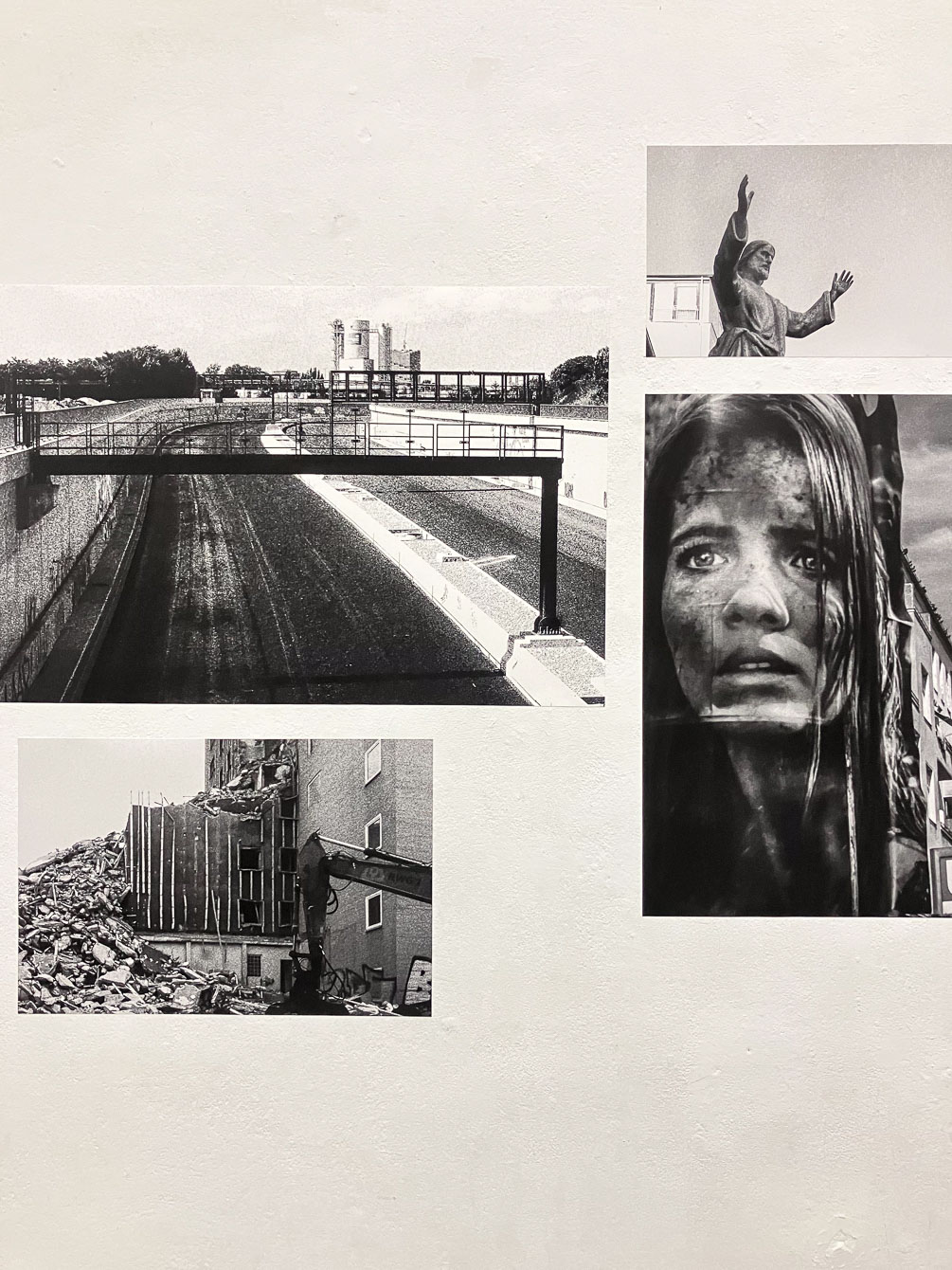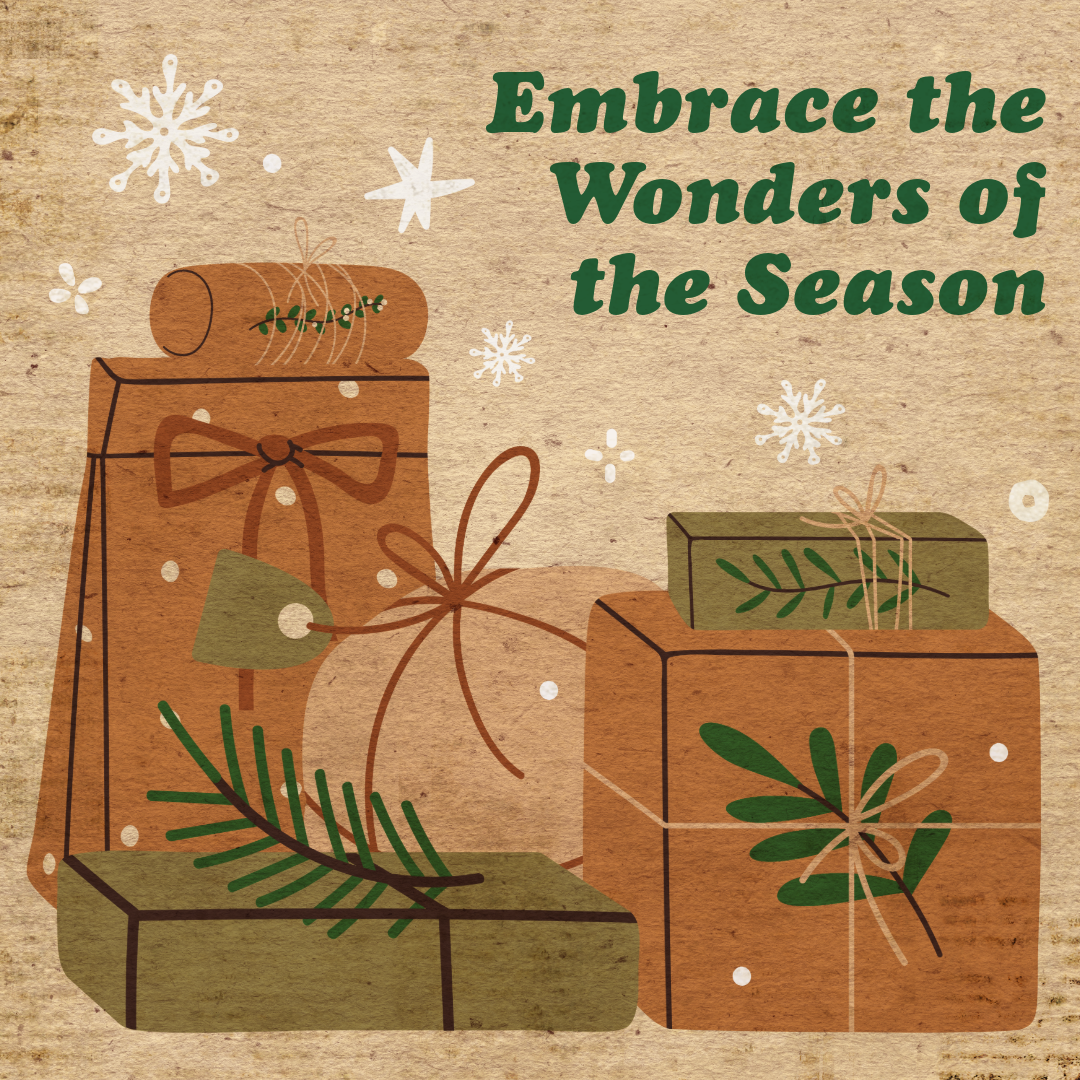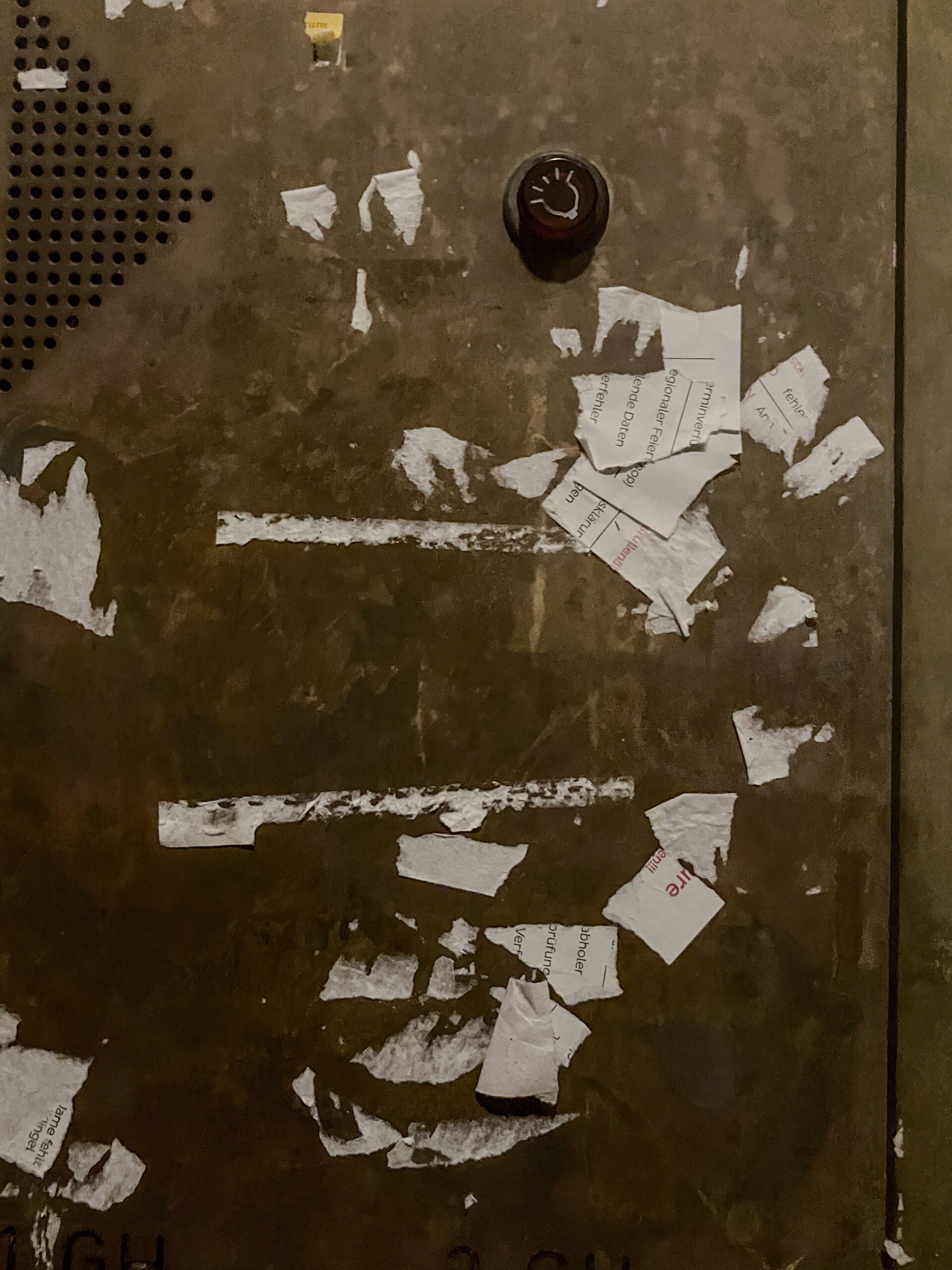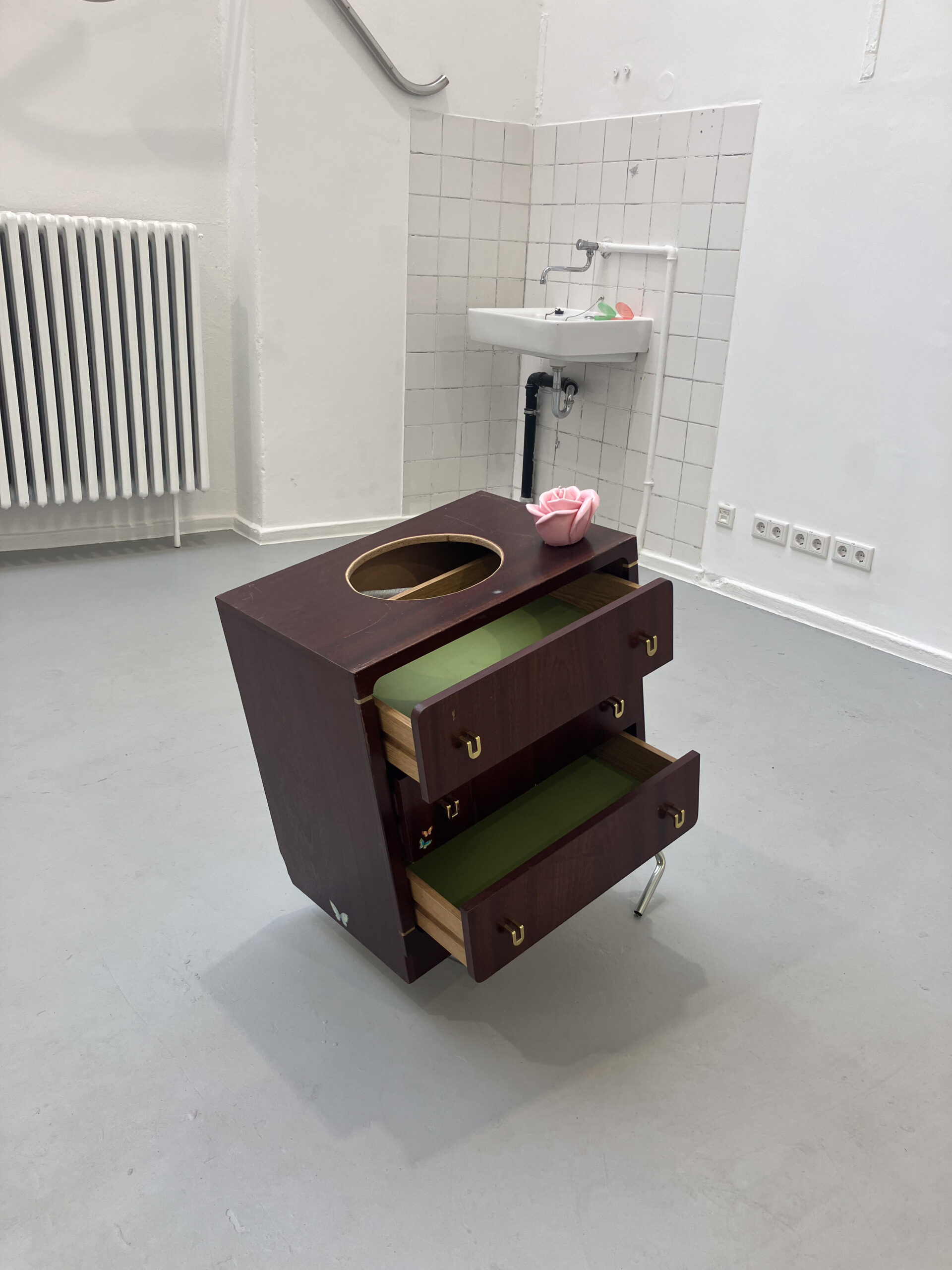„A glimpse through an interstice caught,
Walt Whitman
Of a crowd of workmen and drivers in a bar-room around the stove late of a winter night,
And I unremark’d seated in a corner,
Of a youth who loves me and whom I love, silently approaching and seating himself near,
That he may hold me by the hand,
A long while amid the noises of coming and going, of drinking and oath and smutty jest,
There we two, content, happy in being together, speaking little, perhaps not a word.“
A Glimpse into Whitman’s Poetic Vision
Walt Whitman’s poem “A Glimpse” is a masterful reflection on love, human connection, and the beauty found in everyday moments. Through vivid imagery and simple yet profound language, Whitman transports the reader to a working-class barroom where a quiet moment of love unfolds amid a loud and rowdy setting.
The Setting: Chaos and Warmth
The poem takes place in a bustling barroom on a winter night, where workmen and drivers gather around a stove, drinking and engaging in rough conversation. Whitman, as the observer, watches this scene unfold, emphasizing the raw energy and camaraderie of the working-class world—a theme prevalent in his poetry.
The imagery of “oath and smutty jest” brings the reader into the vibrant, somewhat coarse atmosphere. Yet, within this seemingly ordinary setting, something extraordinary happens—a silent act of love.
The Silent Love Story
In contrast to the bar’s lively energy, the speaker experiences a quiet, intimate moment when a youth who loves him and whom he loves approaches and silently sits beside him. They do not need words; instead, they simply hold hands “a long while” in peaceful companionship.
This moment is striking because it exists amid noise, movement, and distractions, yet remains untouched by them. The contrast between external chaos and internal serenity is a hallmark of Whitman’s poetic style—where the grand and the personal coexist seamlessly.
Themes and Interpretations
1. Love Beyond Words
The poem highlights the idea that love does not always require words. Instead, physical presence and small gestures—like holding hands—can express profound emotions more powerfully than speech.
2. Finding Connection in the Everyday
Whitman often celebrates the beauty of everyday life, and “A Glimpse” is no exception. The poem suggests that moments of love and human connection can arise in unexpected places, even in a rowdy barroom.
3. An Inclusive View of Love
Many scholars interpret the poem as part of Whitman’s exploration of same-sex love and companionship, a theme evident throughout his Leaves of Grass collection. The poem’s subtle, yet powerful depiction of love between two men reflects Whitman’s broader vision of love as universal and unbound by societal norms.
Style and Structure
Whitman’s signature free verse allows the poem to flow naturally, mirroring the spontaneity of life itself. The use of vivid sensory imagery, from the warmth of the stove to the noise of laughter and conversation, immerses the reader in the scene. Additionally, the minimal dialogue reinforces the theme that true connection does not always require words.
Final Thoughts: The Power of a Glimpse
Walt Whitman’s “A Glimpse” is a testament to his ability to find profound meaning in fleeting moments. It is a celebration of love, companionship, and the small but significant instances that shape our lives. In a world full of noise and movement, sometimes, simply being present with someone we love is enough.
WaltWhitman #PoetryAnalysis #AGlimpse #LeavesOfGrass #PoetryLovers #LiteraryAnalysis #ClassicPoetry #FreeVerse #LoveInPoetry #HumanConnection #LGBTQLiterature #PoetryCommunity #TimelessPoetry #RomanticPoetry #PoeticMoments #PoetryOfLife #WhitmanWisdom

